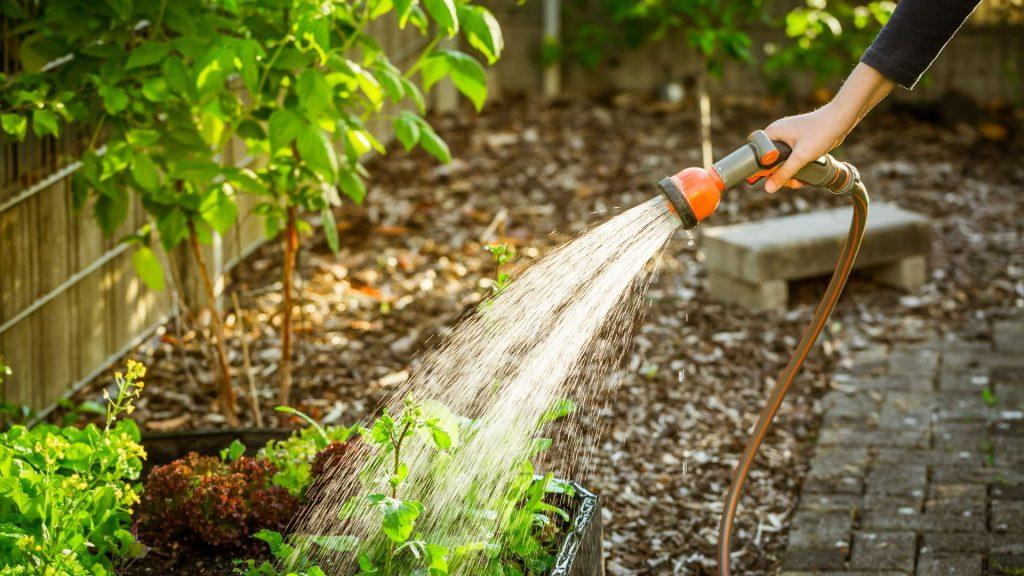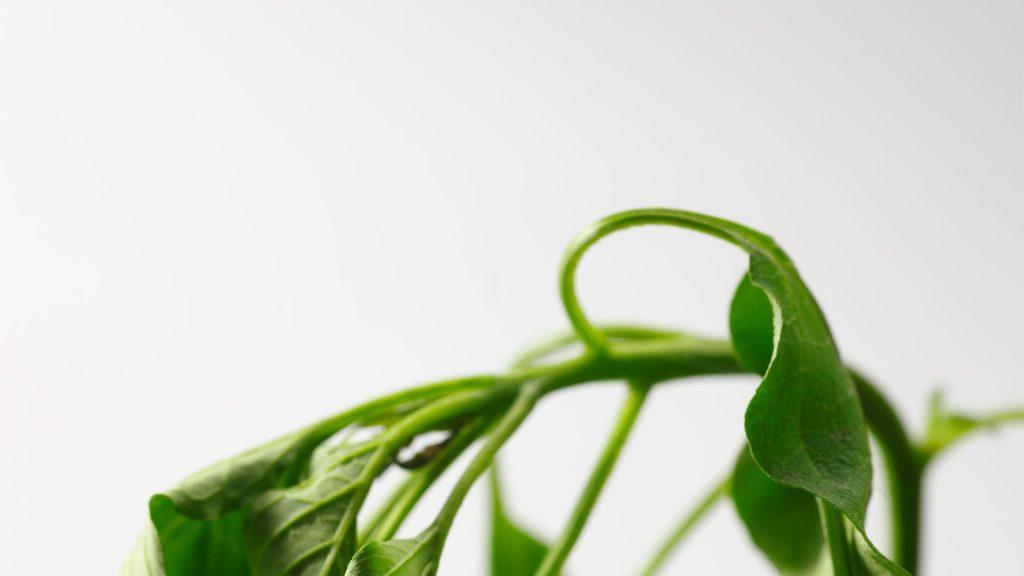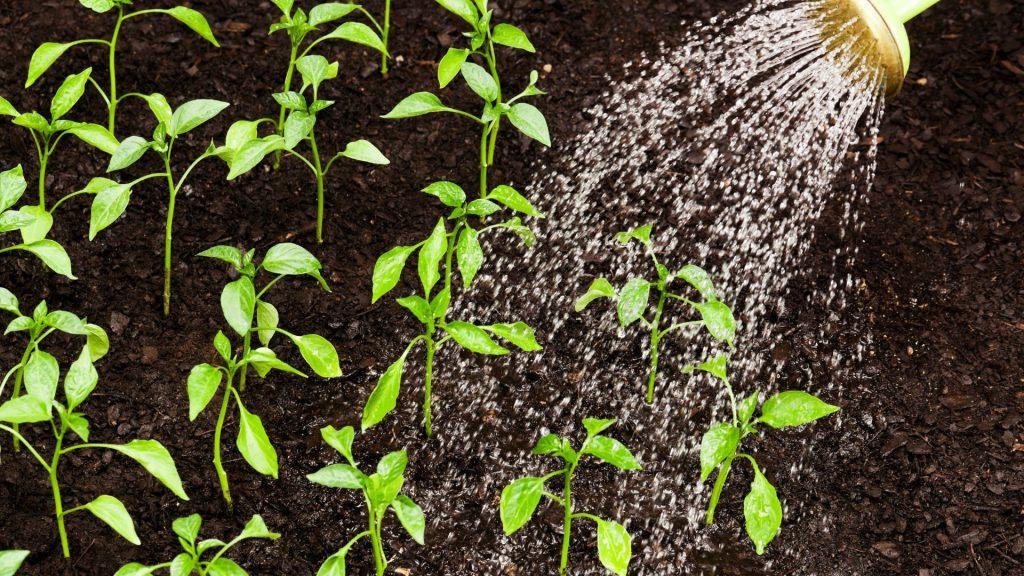Watering 101: Understanding the Science of Plant HydrationUpdated 5 days ago
When it comes to taking care of our leafy friends, the one thing almost everyone knows is that they need water. Watering your plants is perhaps the most important step in your plant care routine – but why is this? Read this article to dive into the fascinating world of plant science and discover the relationship between plants and water.

Why Do Plants Need Water?
Watering is indispensable to plants for a lot of reasons. Many vital processes that take place in plants require water.
Photosynthesis
A well-known need for water is during photosynthesis; this is the process by which plants create their own food, which is vital for survival. In order to do this, plants use hydrogen from the water that they absorb through their roots. Click here for a more in-depth article on photosynthesis and its importance to plants.
Transpiration
Another water-dependent process is transpiration. This is the loss of water, which mostly occurs through the stomata of the leaves. Transpiration is important for a number of reasons:
- It prevents the plant from overheating when water evaporated from the leaves
- It maintains the balance of water in the plant
- It assists in the upward movement of water from the roots to the rest of the plant by creating a suction force
- It helps to keep cells rigid

Structural support
Speaking of cell rigidity, water is crucial in structural support of cells in plants. Water in plant cells puts pressure on the cell walls (called ‘turgor’), allowing for both enough rigidity to remain upright and enough felxibility to move around in the wind or turn towards the sun. This is why plants wilt when they’re thirsty; they don’t have enough water to keep themselves upright.
Nutrition
Nutrition is another key component provided by water. Roots take up nutrients and water from the soil. Nutrients dissolved in water are taken up and transported around the plant, making sure the whole organism gets the different minerals and compounds that it needs. Proper hydration makes sure the nutrients can be used efficiently to support growth, reproduction, and overall health of the plant.
How Do Roots Work?
While you’re watching the above-ground part of the plant grow and flourish, there is a complex root system underground that’s working hard to keep the plant alive. The two main functions of roots are to anchor the plant and to absorb water and nutrients. Roots are vital to keep plants sturdy and upright. They are also responsible for absorbing water and nutrients, allowing the plant to eventually get hydration in every part of the plant that needs it. Root systems also store food for the plant.
Roots grow downwards away from sunlight, reacting with water in the soil to form carbonic acid; this helps to dissolve certain soil minerals, giving the roots more leeway to dig into the earth. Cell division occurs in root tips for the roots to grow downwards. The system grows as primary roots, with secondary roots shooting off from them. This increases the anchorage of the plant as well as the surface area of roots able to absorb water and nutrients.
Once they’re down in the earth, water diffuses from the soil through the walls of the root and into the epidermis. Eventually, the water reaches the xylem vessels which are used to continue transporting it around the plant.
What is Osmosis?
Osmosis is the process by which water and other solvents are transported into and out of cells. In osmosis, water is moved from areas where there is more water to areas where there is less. Using this process means that plants can send water and solvents to parts of the plant that need them, maintaining a balance by avoiding too much water being in one place. In short, osmosis moves water around to make sure plant cells have the right level of hydration.
Effects of Overwatering
A common plant care mistake is watering too much. People tend to over-love their plants and accidentally drown them – so why does this happen?
Overwatering can lead to waterlogging, especially where the soil isn’t well draining or in a pot with no drainage holes. This waterlogging suffocates the root system, impacting their ability to properly absorb nutrients. This alone can affect the overall health of the plant, but – more significantly – can also cause root rot that can kills the plant. Be careful when watering your plants; make sure they actually need a drink!
Effect of Underwatering
On the other end of the spectrum, underwatering is very common in busy or forgetful plant parents. As we mentioned above in ‘Structural support’, plants need water to be able to hold themselves upright. The most recognisable sign of underwatering is wilting, which happens when plant cells don’t have enough water to maintain their rigidity and hold their leaves upright. Some plants will bounce back from this once they’ve had a good drink, but sometimes they pass their ‘permanent wilting point’, meaning there’s no way for them to recover.

Conclusion
As you can gather, watering is an integral part of plant care. It is very important for your plants that you give them the right amount of water. Learn how much water each of your plants needs, keeping an eye out for signs of over- or underwatering. Keep an eye on our Knowledge Hub to learn more about plants and gardening!
